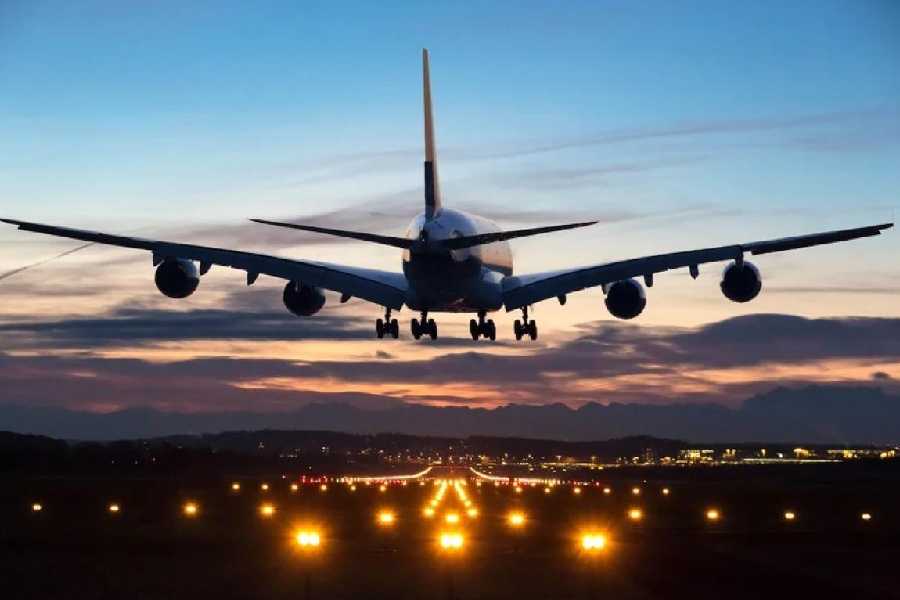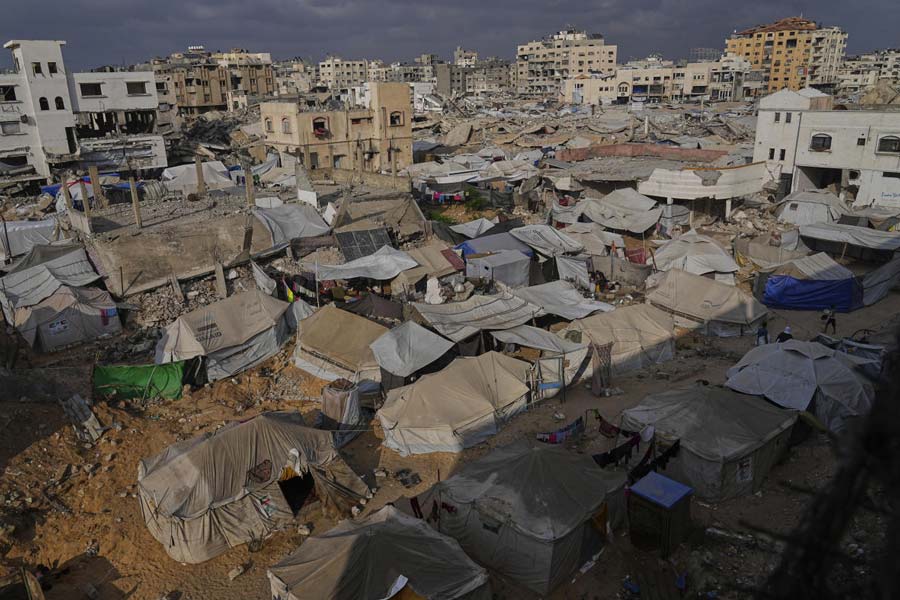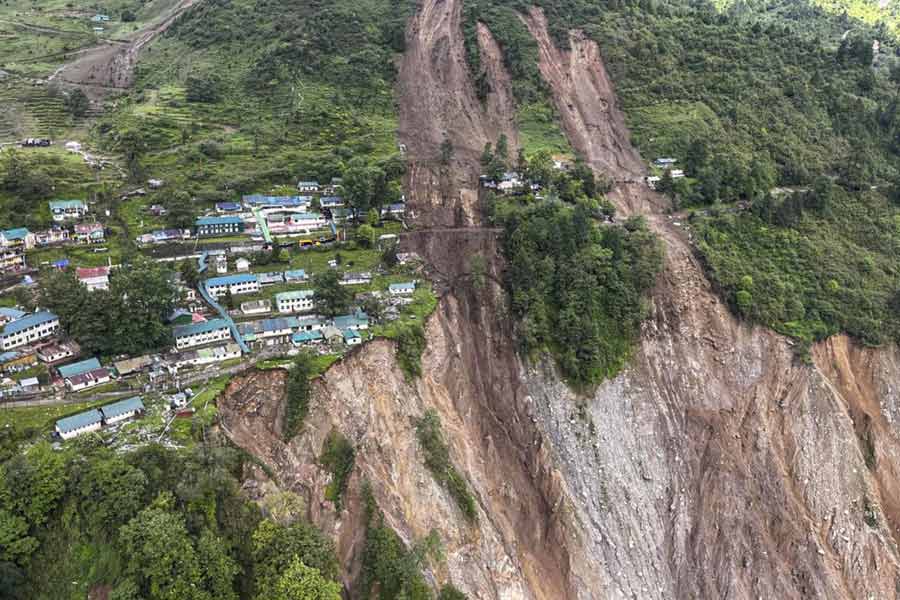 |
Keonjhar, Aug. 11: If you’re tired of waking up with the prospect of another hectic day of work with only the tiring brightness of shopping malls and cacophony of the idiot box to break the monotony, you don’t have to look very far.
The rolling hills of Keonjhar, in the heart of Odisha, provide opportunity of a perfectly romantic getaway from our urban trap.
It is a treasure trove of dense green forests, gushing waterfalls and a haven for nature trekkers.
Here you wake up in the middle of lush forests to the song of a sunbird or to the sight of a bear stealing honey outside a rustic bungalow deep in the forest, far from the madding crowd.
Situated in northern Odisha (some 140km from Bhubaneswar), the sleepy headquarters town of Keonjhar has something for every holidayer.
Woods for the wanderer, forest bungalows for rest and delicious local cuisine help soothe your mind in this rural retreat. October is believed to be the time for a visit, but diehard nature lovers throng the area in the monsoons for a close glimpse of nature’s bounty. When we set off on our journey the target destinations were the famous waterfalls in the area: the most prominent being — Badaghagara, Sanaghagara and the Khandadhar.
While Badaghagara is situated around 10km from the town, Sanaghagara is a mere 5km away. A short taxi ride through the mountain routes and green cover gets you there in a jiffy. The waterfalls are ideal picnic spots and not too bad for a before-lunch swim to whet the appetite.
Settle down near the rocks beneath for a spot of leisurely sunbathing or stroll around the ruins of the ancient palace nearby. A photographer will be delighted to take snaps of the panoramic view.
The splashing waters of Khandadhar are 60km away. To go there, taxis on hire are available.
With the onset of the monsoons, the rains turn the mountains into a wonderland where scores of tiny streams tumble around freely and thoughts flow lyrically, as one takes a leisurely stroll, camera in hand.
You can either opt for a taxi ride up to the waterfalls or trek through the hilly forest to the lesser known falls, some of which are much more pristine, being surrounded by denser forests.
You can also visit the tribal villages dotted about the hills.
Keonjhar is home to tribal communities such as Bathudi, Bhuyan, Bhumij, Gond, Ho, Juang, Kharwar, Kisan, Kolha (Kol), Kora, Munda, Oraon and Santal, all of whom have a number of interesting customs and rituals.
One that springs to the mind is a village up above the hills at Judia where the villagers worship no gods.
Nature provides their day-to-day needs and an eternal flame that they keep burning at a community hall serves as a beacon of faith. Simple to the core, they accept passing tourists as a matter of fact and it’s easy to blend into their day-to-day rituals. Nature is their provider and all that they need to survive.
Do check out how the tribal people live. It is quite an experience to see people living lives without mobile phones and the Internet. My favourite spot is the origin of the Baitarani river, known as Gonasika.
The river trickles out from beneath a rock shaped like a cow’s head, having its beginning in the Guptaganga, up a mountain, 30km from Keonjhar.
One can just walk up the hill, among the deep silence that one can hear only in forests.
The Baitarani streams out from the mountain and disappears into the earth, only to reappear near the Brahmeswar temple. The trek up to the source is a pleasant walk of nearly four to five kilometres, within tall trees and shady trails.
But, watch out for slumbering bears. Moving on from the rolling hills, tourists might head for a view of the Salandi river flowing placidly between two hills at Hadagarh, set around 120km from Keonjhar.
This retreat offers what few places can, a complete rest and cure for the mind.










